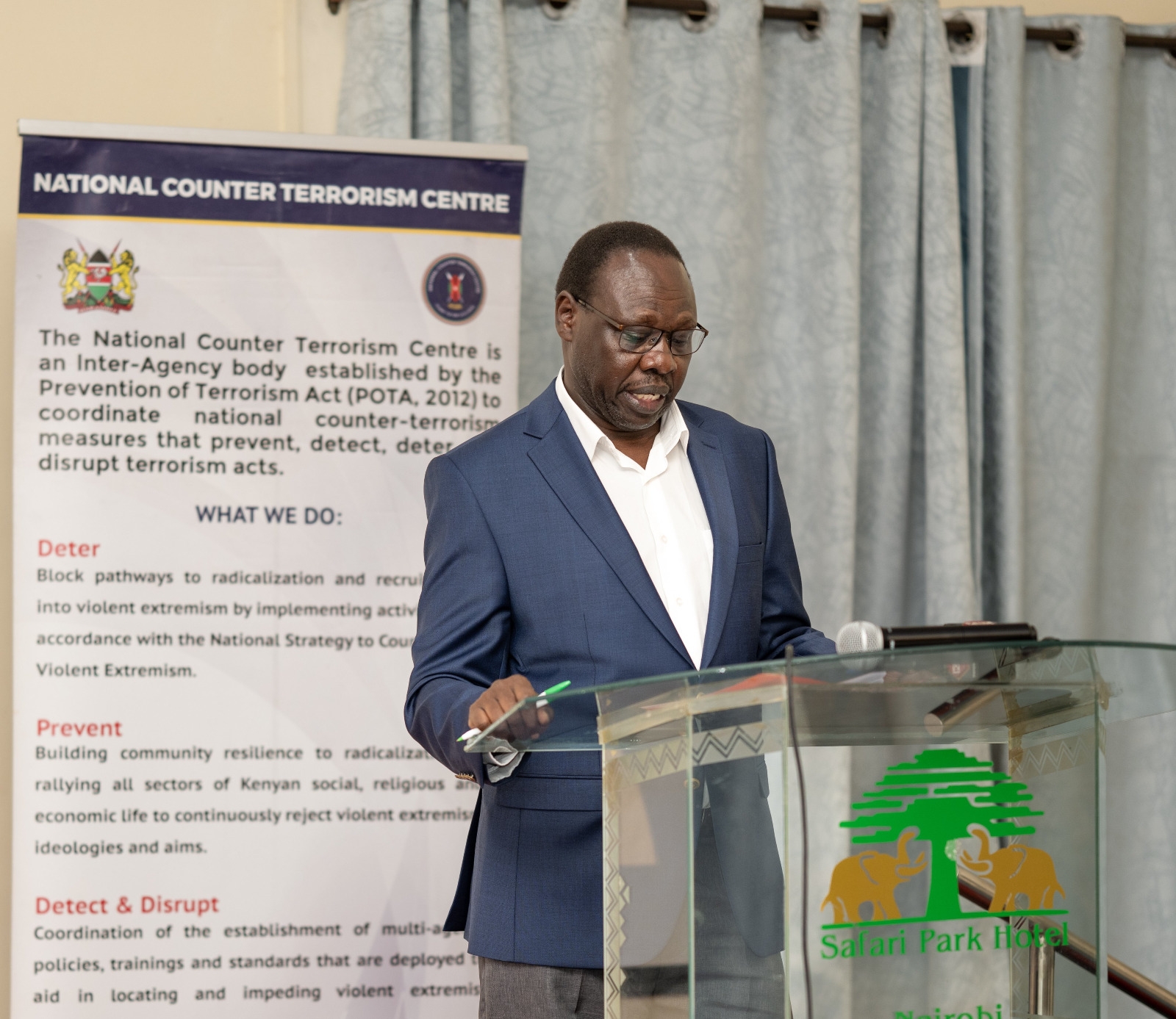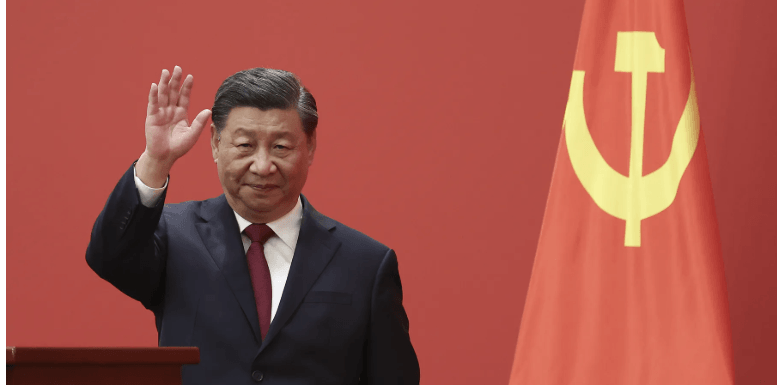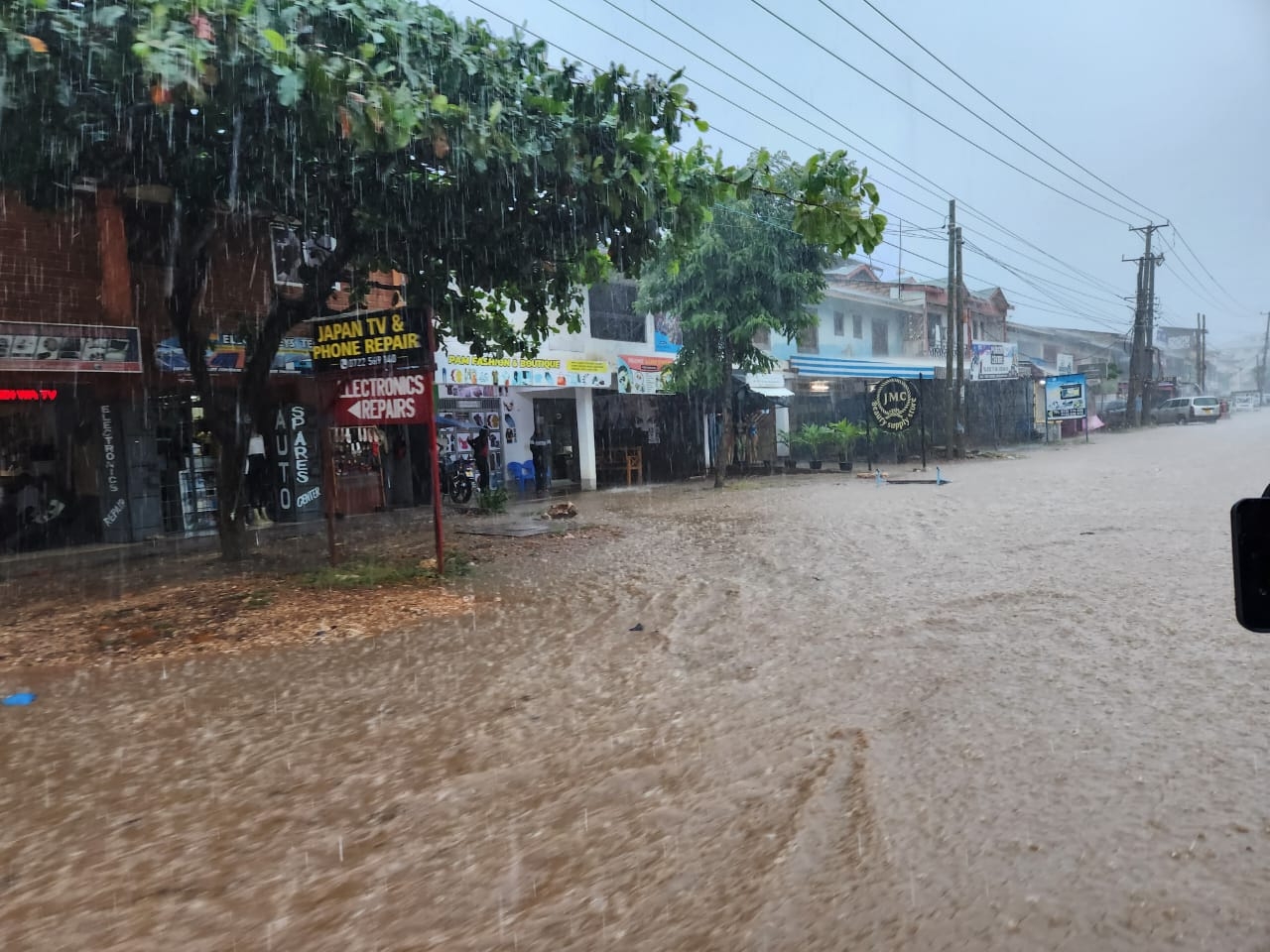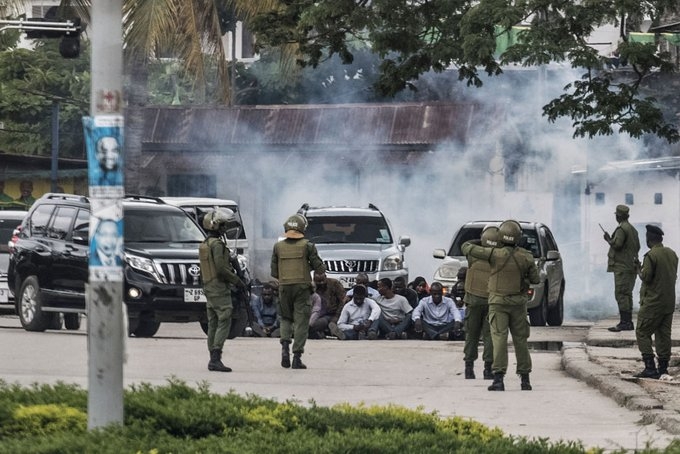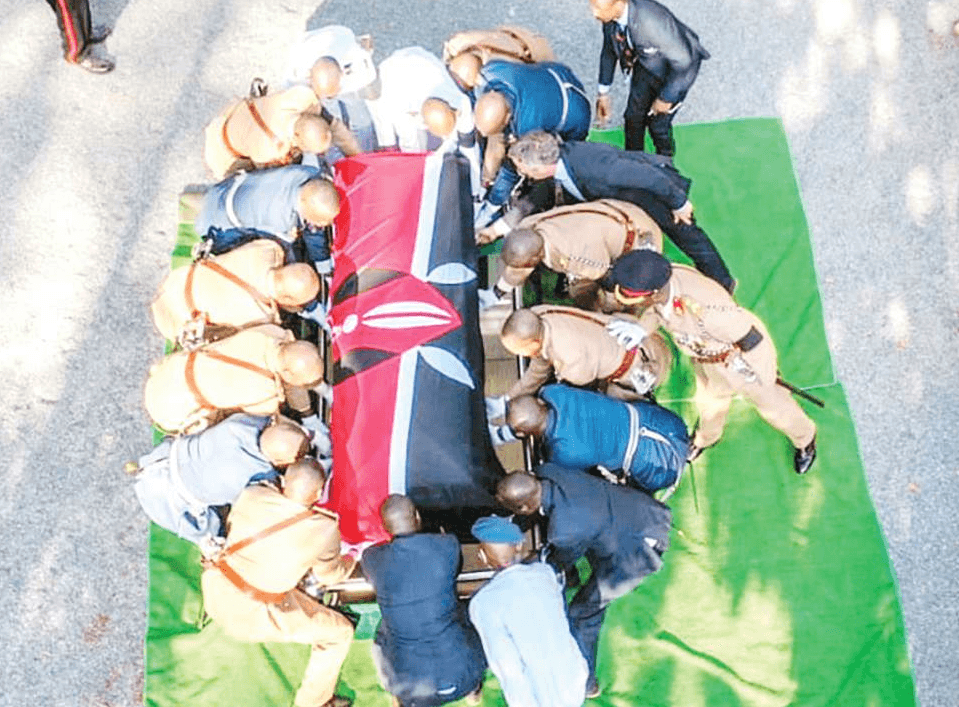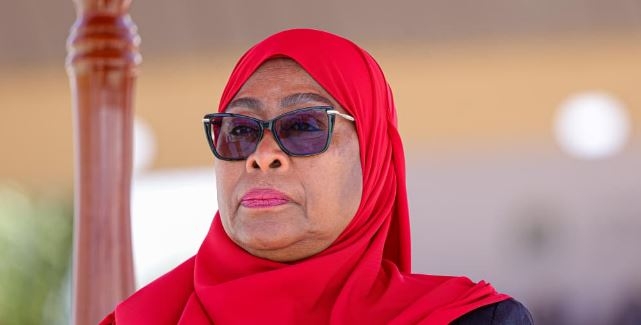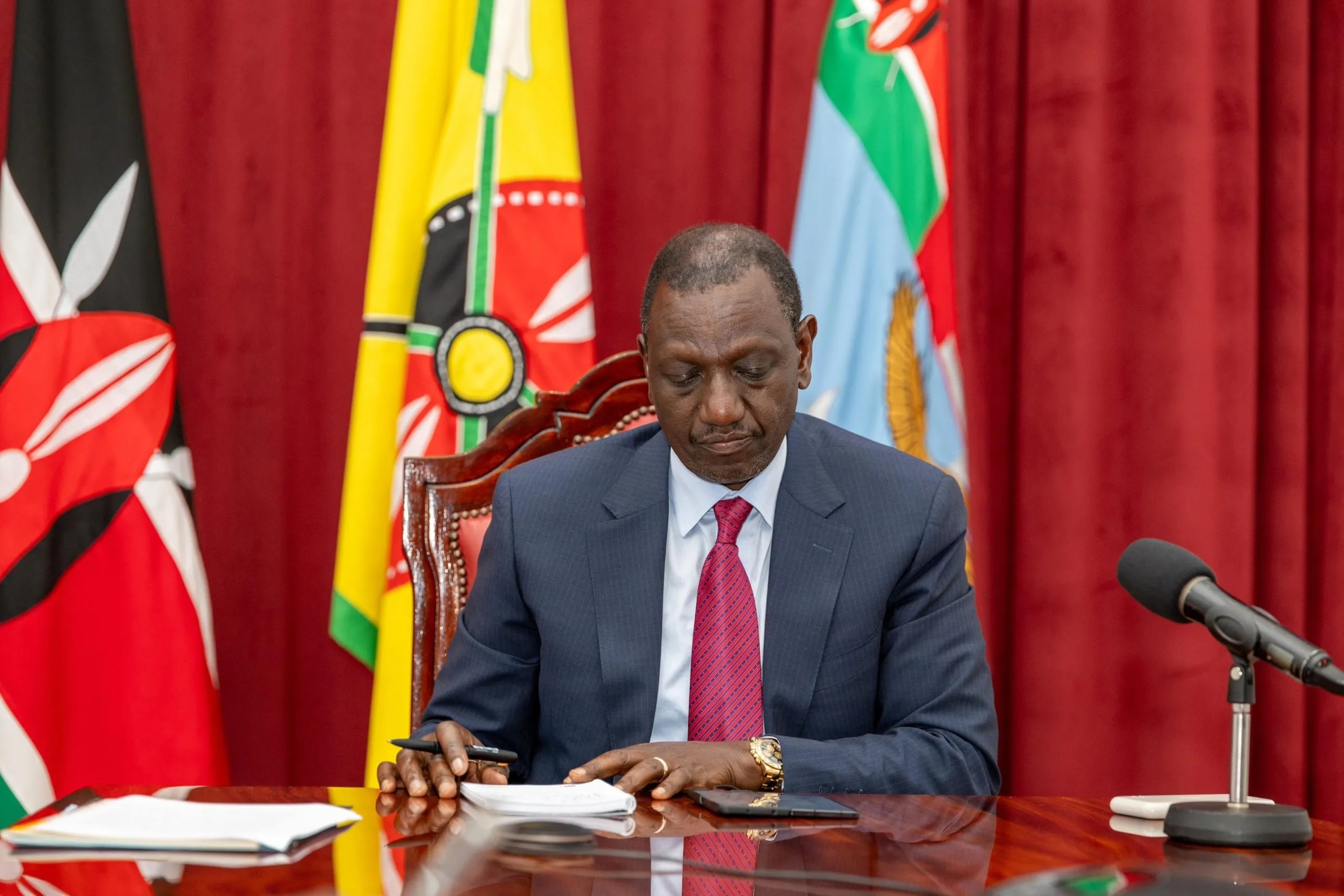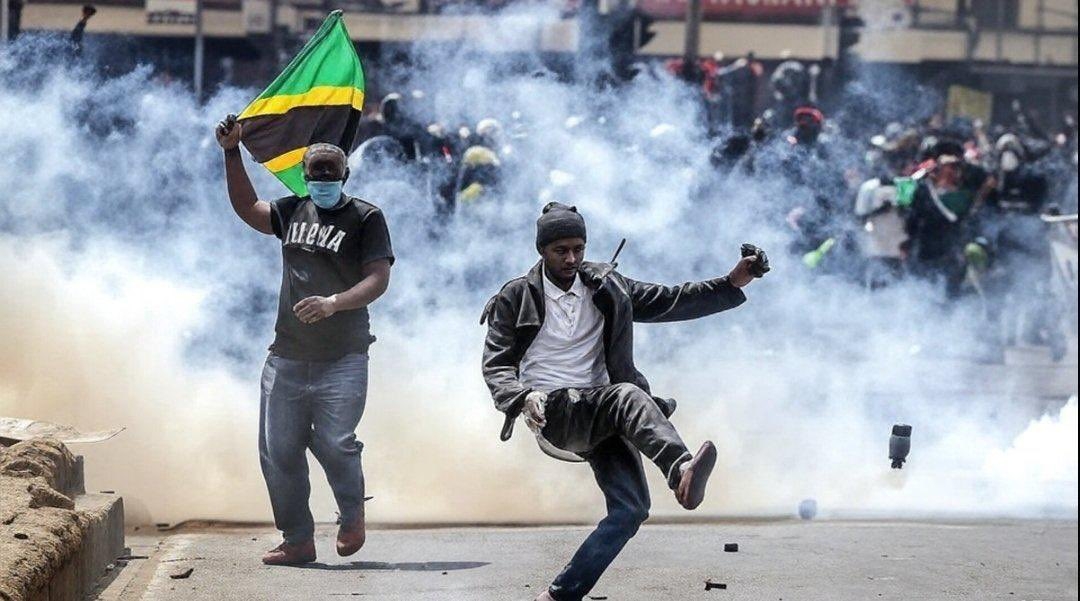

This year, the Kenyan National Counter Terrorism Centre (NCTC) celebrates its 20 years of existence and counter-terrorism efforts.
Since its establishment in 2004 through a Cabinet decision and entrenchment into law in 2014 through the Security Laws Amendment Act that amended the Prevention of Terrorism Act of 2012, NCTC’s journey has been a roller-coaster of sorts.
When it was formally institutionalized in 2014, Kenya was facing one of its worst terrorism episodes.
According to the Global Terrorism Index (GTI) report of 2015, Kenya was ranked number twelve in the world and number three in Africa after Nigeria and Somalia in terms of terrorism.
The relationship between the communities, especially the Muslim youth and the police, was at rock bottom. Whereas this was not of NCTC’s making, many Kenyans at that time could not differentiate, let’s say, the Anti-Terrorism Police Unit (ATPU) from the NCTC.
Another low for counter-terrorism (CT) trajectory in the country was the poorly designed and executed returnee rehabilitation and reintegration (R&R) program in Kwale County in 2015 that ended up exposing, profiling and orchestrating the very returnees that were supposed to benefit in the first place.
It is believed that some of the returnees ended up being tracked and killed by people believed to be extremist militants for fear that the returnees may spill their secrets.
Weighed on this dire situation at that time, NCTC played a pivotal role in the development and rollout of the National Strategy to Counter Violent Extremism (NSCVE) in 2016.
Through this strategy, NCTC was able to mobilize and rally Kenyans of all walks of life to reject terrorist and or violent extremism organizations polarizing, radicalizing and recruiting narratives. The NSCVE, for the first time, promoted a whole-society approach to preventing and countering violent extremism (PCVE).
NCTC was able to change the narrative from CT, which is very securitized, to PCVE, a soft approach that has proved its effectiveness in deradicalization.
Whereas the first series of County Action Plans (CAPs) on PCVE that were developed to localize the NSCVE were focused on areas such as the coast, North Eastern and Nairobi that had borne the brunt of violent extremism that is conducive to terrorism, NCTC was able to mobilize the rest of the country to develop their respective CAPs mainly as preventive mechanisms.
This effort made PCVE a national agenda and played a key role in demystifying imaginary profiles of a “terrorist” that existed in the minds of Kenyans, which was blamed for the rise of Islamophobia traced to the US-led Global War on Terrorism.
The localized CAP framework has also been replicated regionally, in other parts of Africa and also globally. In 2022, the African Centre for Strategic Studies of the National Defence University, Washington DC, designed and delivered, based on the Kenyan CAP experience, a virtual academic program titled, “Developing Local Strategies to Counter Violent Extremism (CVE) in Africa”.
The “botched” Kwale returnee R&R programme became a learning for NCTC.
It led to the design of a robust R&R framework that has been hailed by stakeholders who have interacted with it as well as some of its beneficiaries. This framework has anchored the various iterations of post-2015 Amnesties for returnees and deradicalized individuals.
In 2024, the NCTC began the process of reviewing the 2016 NSCVE in a bid to come up with a new and robust strategy framework given the dynamic nature of violent extremism and terrorism.
Some of the notable features of the yet-to-be-officially adopted strategy is the consultative process that was used during its development and validation.
The “new” strategy, titled National Strategy to Prevent and Counter Violent Extremism (NSPCVE) has also emphasised the importance of “prevention” i.e. enhancing the capacity of the whole country to prevent radicalization, recruitment and terrorism or VE acts.
It’s not just about countering what has happened but being able to foresee and prevent before the damage occurs.
Through the ‘new” NSPCVE, NCTC has also recalibrated the role of young people, women, emerging technologies such as social media and artificial intelligence (AI) and traditional institutions and knowledge in preventing radicalization.
The PCPVE aims to promote an “Africa” PCVE approach given that the current approaches have been criticised by some quarters as “Western” imposed or adopted.
This would also call for increased collaboration between NCTC and the various social media tech companies to facilitate timely and robust flagging and pulling down of extremist, terrorist or hateful content in the digital space; including the dark web.
Going forward, NCTC would need to develop a robust returnee Amnesty Policy or legislative framework to aid R&R interventions. NCTC also needs to interest the county governments and the private sector to play more visible roles in addressing some of the structural causes of radicalization such as exclusion, youth unemployment and limited access to public services.
Since 2016, Kenya’s global GTI ranking has
been improving demonstrating the results of NCTC’s efforts in mobilizing,
coordinating and leading state and non-state PCVE efforts nationally. Kenya is no longer number three in Africa in terms of terrorism. Hongera NCTC and keep
it up.
Dominic
Pkalya is a Preventing and Countering Violent
Extremism (PCVE) Practitioner,
Researchers and co-author of “Why al Shabaab attacks Kenya: Questioning the
Narrative Paradigm.”


